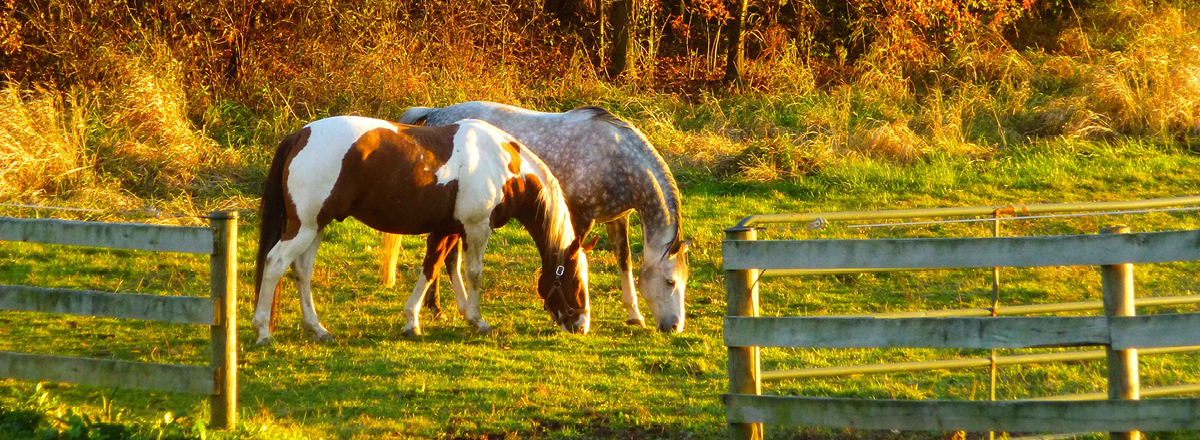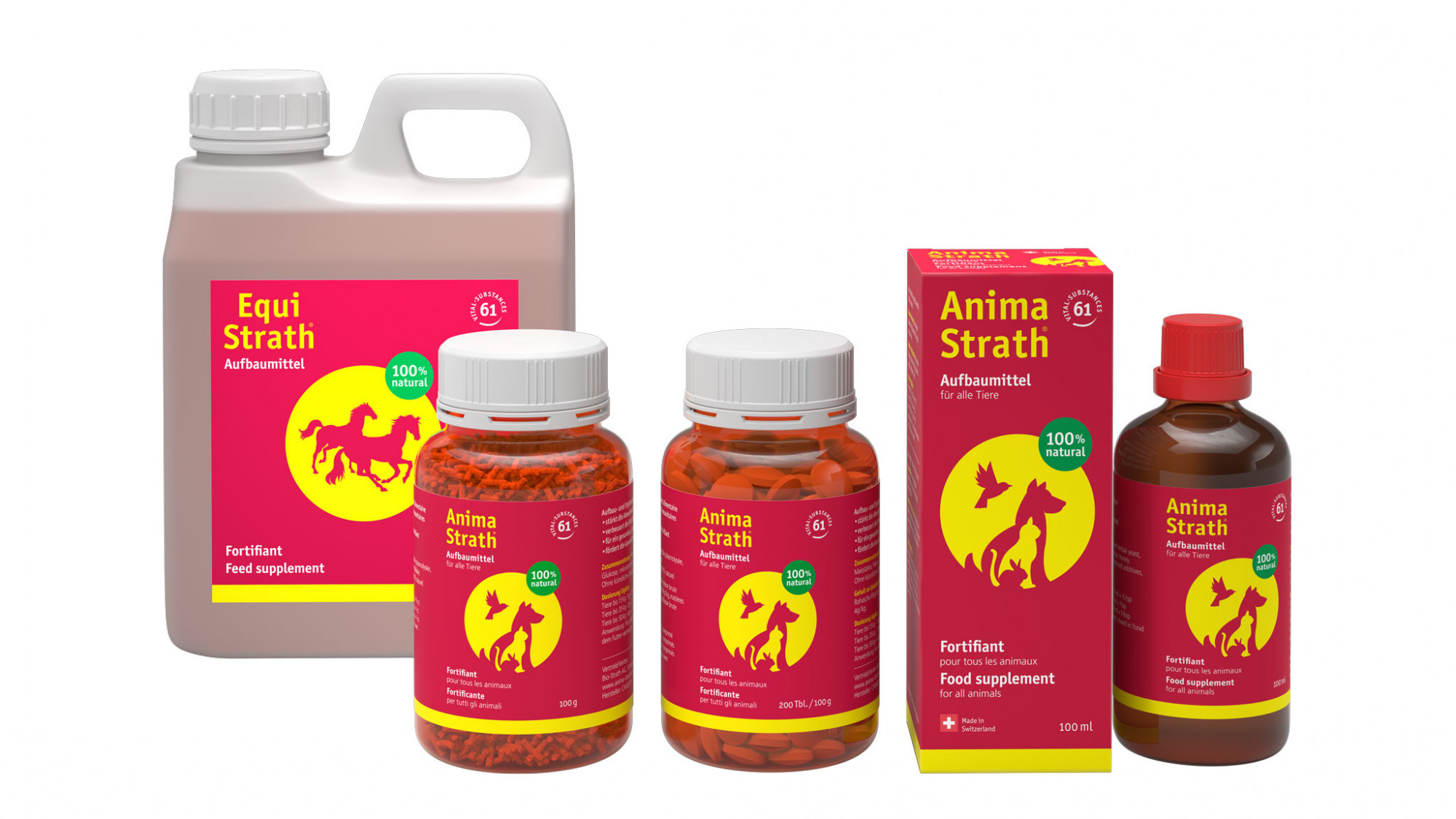
Horse blog and guide
The autumn coat change – a time of transition
Cobwebs are already glistening in the typical light of late summer. The nights are drawing in. An autumn mood and a farewell to warmer days. Many people feel a sense of calm after the hot season, when they were able to soak up and enjoy plenty of sunshine. Now the air feels noticeably crisper. A time of change and transformation is beginning.
This applies just as much to horses as to humans. Creatures of the Steppes, they have evolved to brave cooler temperatures and winter weather and so their coats start to grow in September, resulting in a substantial thickness by mid- to late October.
A strain on the body
The complex metabolic changes involved in the change in a horse’s coat place a strain on its body. An unusual lethargy and, in some cases, an unwillingness to work, will be observed in many horses at this time.
There are many reasons for this: the animals are faced with a lot of changes in autumn as a result of the processes involved in the change of coat and the switch from pasture grass to hay. This is an important reason not to rush the switch in feed, in particular. A horse’s immune defences are weakened by the changes in the weather (horses are far more sensitive to weather than humans!) and the other factors mentioned above. This means that their vitamin and mineral requirements are greatly increased and can almost never be adequately met by their normal feed. A horse needs a lot of energy, in particular, for building up its new coat (which is also why it will perform less efficiently during this period). Vitamins A and B, zinc, selenium and copper, unsaturated fatty acids (contained, for example in linseed oil, which is frequently recommended) and amino acids are specific requirements.
Equi-Strath feed supplement products contain B vitamins, selenium, copper and zinc as well as amino acids. The feed supplement is based on plasmolysed herbal yeast, which can be utilised particularly well by the horse’s body as a result of a special process used in its manufacture to open up the yeast cells. There is no risk of overdose, which means that the feed supplement is suitable for horses of every breed and any age and for use in special situations, such as the coat change. Yeast is recommended by vets in general as a feed supplement during the coat-changing period, particularly for its high levels of the B vitamins and vitamin H, and their positive effects on the horse’s skin condition and coat growth. Equi-Strath feed supplement contains a total of 11 vitamins, 19 minerals (including calcium, phosphorus, iron and selenium), 20 amino acids and 11 general building substances.
Sensitivity to weather
We humans love it when autumn turns to gold once more, usually in mid- to late October, with warm sunshine and temperatures rising above 20°C. But many horses already have their thick winter coat by this time, which then creates additional problems for them. A partial clip can help here, as can a feed supplement, such as Equi-Strath, which has a positive effect on the metabolism and thus prevents circulation problems. The addition of herbs, such as hawthorn or mistletoe, to the feed is also very useful.
The problem of clipping
Many sports horses are subjected to a full clip in the autumn, which affects their bodies’ natural processes.
Clipping completely transforms the process of breaking down sweat. Because the sweat evaporates directly on the skin, the cooling of the body is altered and the horse loses more electrolytes. These need to be replaced by means of winter feed supplementation. Even for seasoned athletes, particularly horses involved in competitions, this is a strain if they are changing their coat and undergoing a clip at the same time; this can be counterbalanced by Equi-Strath feed supplement, which contains no doping substances.
The risk of chills
Many horses are more susceptible to chills during the coat change because their immune systems are less efficient and all their energy is focused on the coat-growing processes in the body. It is vital to avoid draughts in the stable at this time and screens of slatted curtains may be used here. Clipped horses must also always be rugged and even after training must immediately be covered with a light blanket for a cool-out ride. In the case of horses with a winter coat, take care that they do not sweat excessively making them perform less efficiently. Adequate warm-ups and cool-outs prevent susceptibility to chills, particularly in autumn and winter. Thyme has proved to be very helpful for preventing chills and treating horses that are particularly susceptible to them. Equi-Strath Thyme, containing thyme leaf extract, improves bronchial and respiratory function and can be used both prophylactically and as a back-up to veterinary treatment.
Despite all the strain caused by a coat change, it should never be forgotten that horses are robustly built animals that are quite comfortable at cooler temperatures of between 5 and 10° C. We can support them during seasonal changes but we need not wrap them in cotton wool. This is why plenty of exercise in the fresh air is always the treatment of choice for healthy immune defences.
Alexandra Koch

